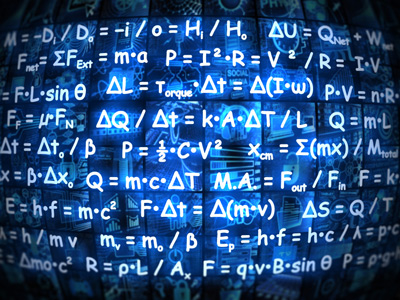
Linear Inequalities (F)
If you thought the world of algebra was all about equations, think again! In a linear equation, the variable can only have one value. But in an inequality there could be many, many more possible solutions! This GCSE Maths quiz will test how well you understand the symbols, and if you can safely manipulate the algebra.
Inequalities can have a range of possible solutions, so we need a mathematical way to write this down. The range will have a number that is right at the boundary, or limit – sometimes this number is excluded from the solution, so we use the symbols < (less than) or > (greater than). At other times the number forms part of the solution, so we add an extra line to our symbols which acts like an equal sign. This gives us ≤ (less than or equal to) and ≥ (greater than or equal to). If you are given an inequality to solve, just stick with the symbol you are given. If you add or remove the ‘or equal to’ then you are changing the problem.
Ready for more?
not all...
quizzers. Try to win a coveted spot on our Hall of Fame Page.







